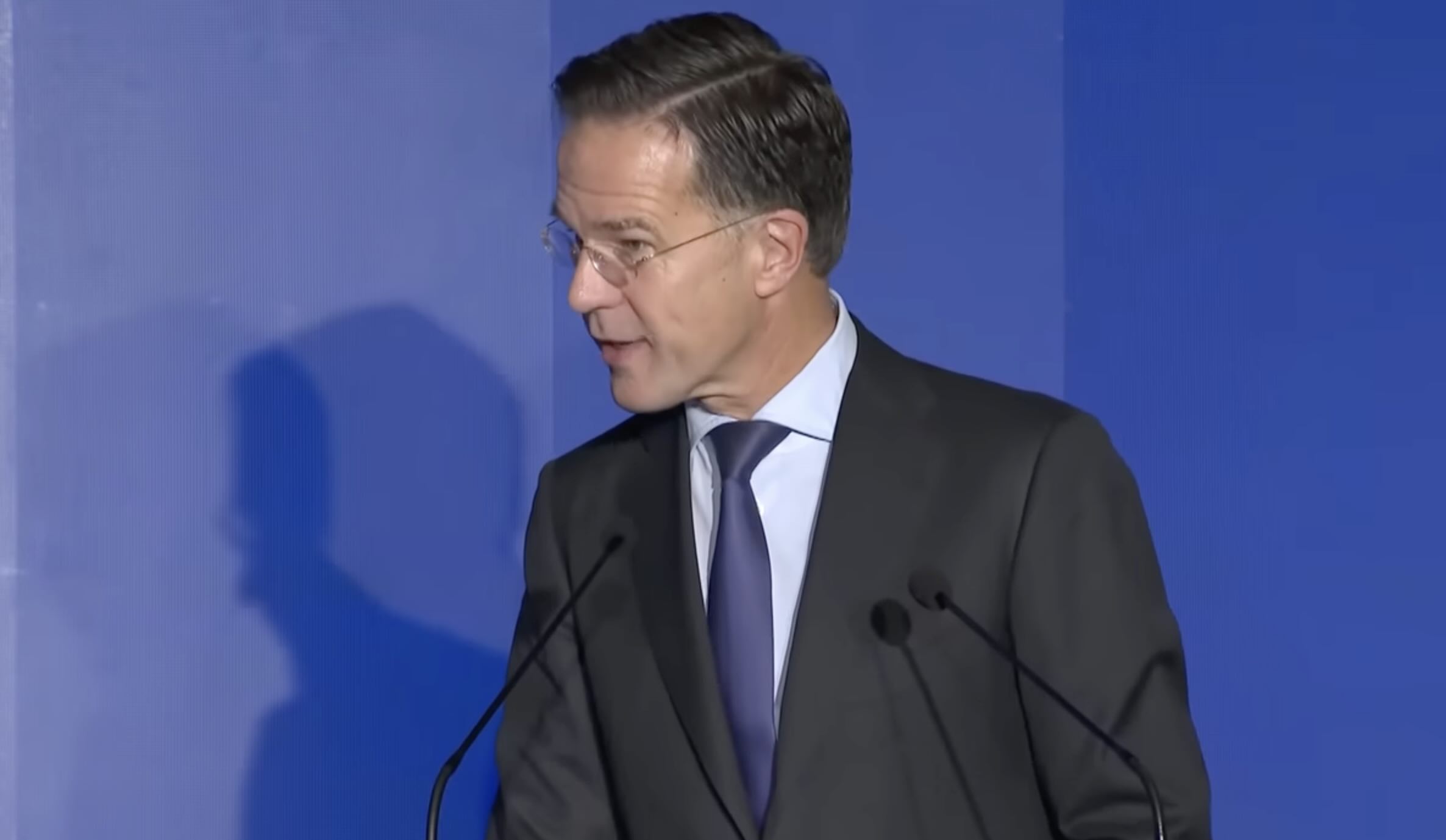


“Until recently, Russia was producing more ammunition than all NATO Allies put together… but that is no longer the case,” he said, arguing that the shift is the result of sustained expansion across allied supply chains.
The Bucharest forum, held on 5–6 November, brought together defence officials and industry leaders to discuss output, investment and procurement reform. Rutte framed the production uptick as a necessary response to a “real and lasting” security environment, adding that the Russian threat would persist even after the war in Ukraine ends. He said deeper NATO–industry collaboration would be required to ensure resilience over the long term.
Rutte’s remarks mark a significant change in emphasis from earlier this year, when he warned on multiple occasions that Moscow’s shell output was outstripping the West’s. In a September speech, he said allies had already “narrowed the gap”, citing a six-fold increase in production over two years. The message in Bucharest—that the gap has now been closed—signals further progress since summer.
The NATO chief coupled his update with a call for industry to accept greater risk in financing capacity expansions and to move faster on tooling, workforce and sub-supplier bottlenecks. He argued that long-term demand signals from governments should underpin investment decisions, and urged allies to continue multi-year contracts that give manufacturers predictable order books.
NATO officials have repeatedly linked industrial output to battlefield dynamics in Ukraine, where artillery consumption rates remain high. While Rutte avoided detailed figures in Bucharest, his assessment comes amid continuing evidence that Russia has supplemented domestic production with large quantities of North Korean munitions and other materiel. Independent and government assessments this year have estimated shipments in the millions of artillery rounds, alongside other weapons systems, in breach of U.N. sanctions.
Romania—host of this year’s forum—has positioned itself as a regional production hub. Earlier this week, Bucharest announced a joint venture with Germany’s Rheinmetall to build a gunpowder plant at Victoria in Brașov County, citing sustained European demand for propellants and explosives. The project, valued at roughly €535 million, is expected to break ground in 2026, according to officials.
Rutte has also pressed allies this year to adopt higher, durable spending levels to backfill stockpiles, expand air and missile defence, and accelerate land-domain replenishment. In June he argued for what he called a “quantum leap” in capabilities and signalled support for higher spending benchmarks, saying the Alliance must outpace adversaries on production rather than rely on crisis measures.
The Bucharest message aligns with a wider NATO policy shift since 2022: multi-year framework contracts for 155mm shells, investments in powder and primer capacity, and joint procurement mechanisms intended to support small and medium-sized suppliers as well as prime contractors. Alliance officials say these instruments are designed to smooth demand volatility and reduce lead times that lengthened markedly during the first two years of the war.
Whether the new production levels can be sustained will depend on budgets, labour availability and inputs such as nitrocellulose, as well as on export-control coordination among allies. Industry leaders in Bucharest echoed the call for clearer pipeline visibility and faster permitting to unlock capacity at sub-tier suppliers. Rutte said ministries and manufacturers would need to “stay the course” to keep output above pre-war baselines for years rather than months.
For Ukraine, the assertion that NATO has overtaken Russia in ammunition production points to a potentially improved supply picture in 2026 if contracting and logistics continue to hold. Rutte cautioned, however, that Russia’s intent and capacity remain significant, reinforcing his view that the Alliance must plan for a protracted period of deterrence and support to Kyiv. “The Russian threat will not end when the war in Ukraine ends,” he said, underscoring the requirement for long-term stockpiles and industrial resilience.
Rutte’s comments in Bucharest therefore combine a near-term operational signal—more shells coming off allied production lines—with a longer-term policy stance: higher and steadier defence investment, closer NATO–industry coordination, and continued efforts to close remaining gaps in Europe’s defence industrial base.
Rheinmetall to build propellant plant in Romania as EU expands defence production